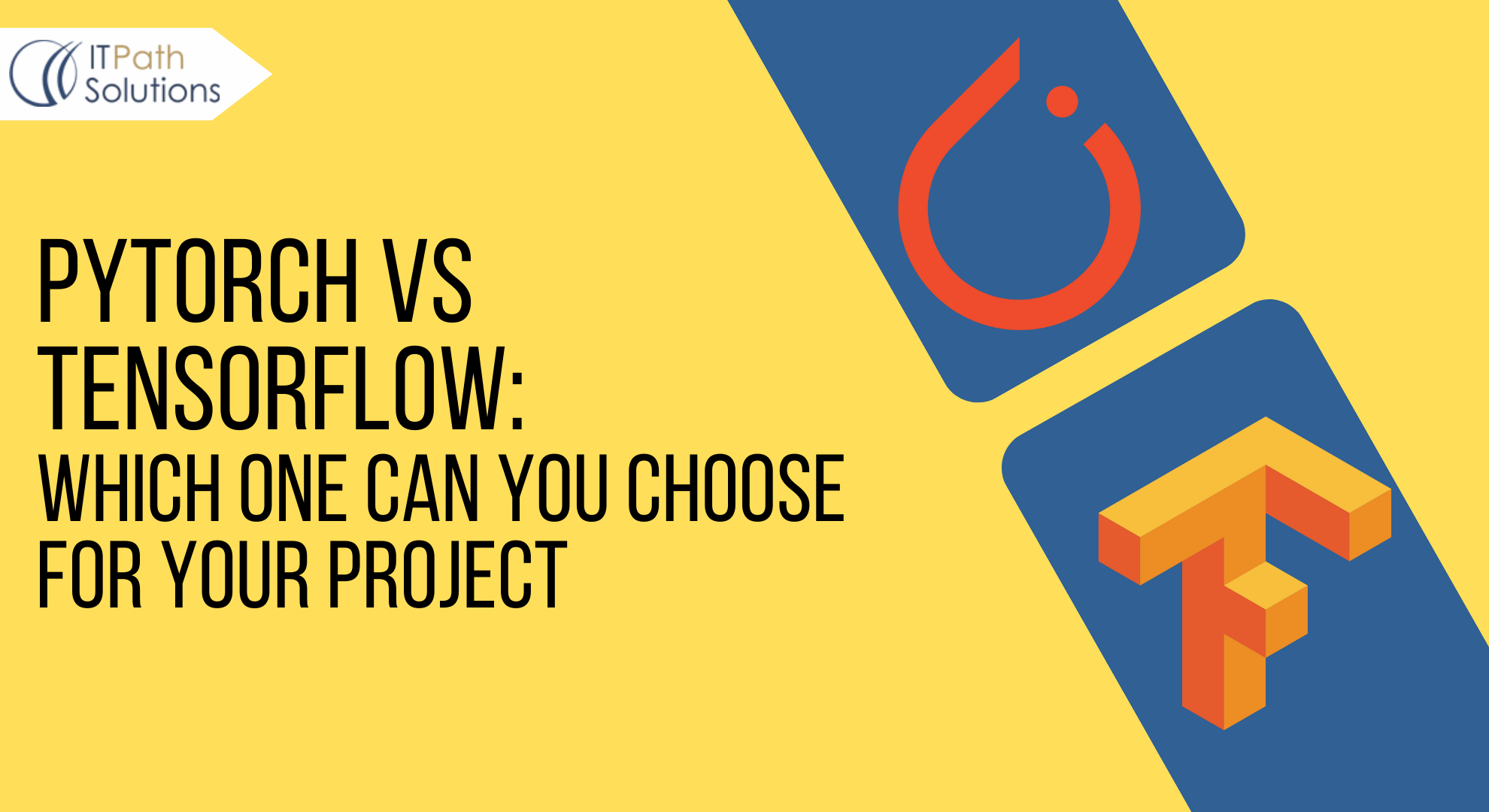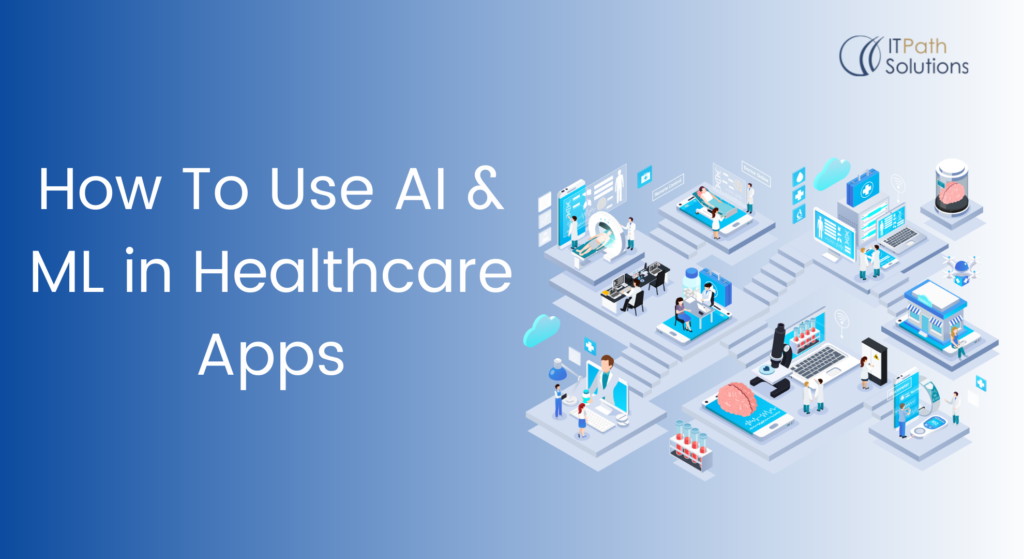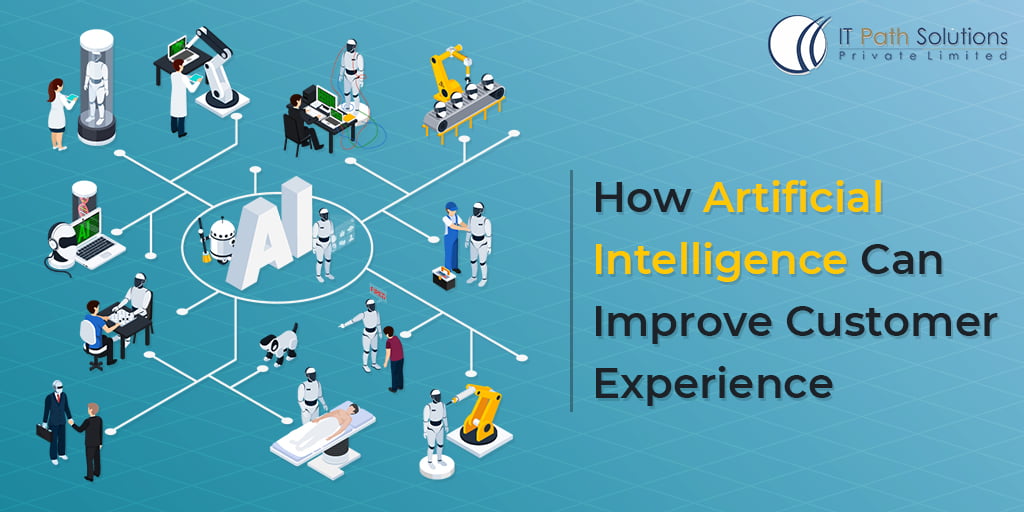Pytorch vs TensorFlow: Which One Can You Choose For Your Project

PyTorch vs. TensorFlow
Brief introduction to PyTorch:
PyTorch, developed by Facebook’s AI Research lab, has emerged as a prominent deep learning framework renowned for its dynamic computation graph and intuitive Pythonic syntax. Launched with the aim of providing a flexible and user-friendly platform, PyTorch quickly gained traction among researchers and developers alike. Its dynamic nature allows for on-the-fly graph computation, facilitating easier debugging and experimentation. Additionally, its seamless integration with Python libraries and extensive community support have contributed to its popularity and widespread adoption.
Brief introduction to TensorFlow:
TensorFlow, born out of Google Brain’s efforts, initially introduced a static computation graph paradigm, distinguishing it from other deep learning frameworks. Over time, TensorFlow evolved into a comprehensive ecosystem offering robust support for a wide range of tasks, from research and development to production deployment. With its scalability, performance optimizations, and extensive tooling, TensorFlow has become a cornerstone in the AI & Ml Development landscape, powering numerous applications and projects across various industries.
The blog aims to delve into the fundamental differences between PyTorch and TensorFlow, shedding light on their respective strengths, weaknesses, and suitability for different applications and industries. By analysing various aspects such as ease of use, performance, community support, and deployment capabilities, the blog aims to empower readers to make informed decisions when choosing between PyTorch and TensorFlow for their AI projects.

Importance of Choosing The Right Deep Learning Framework
Impact on development speed and efficiency: The choice of framework between pytorch vs tensorflow significantly affects the speed and efficiency of AI project development. A framework that aligns with the team’s expertise and project requirements can accelerate development workflows and reduce time-to-market.
Influence on model performance and scalability: Different frameworks offer unique features and optimizations that can impact model performance and scalability. Choosing the right framework ensures that the AI solution meets performance requirements and scales effectively as data volumes and computational demands grow.
Understanding PyTorch and TensorFlow
PyTorch traces its origins back to Facebook’s AI Research lab (FAIR), where it was conceived to meet the demand for a highly flexible and intuitive deep learning framework. Developed by a team of experts at one of the world’s leading research institutions, PyTorch reflects a commitment to innovation and pushing the boundaries of AI.
Since its inception, PyTorch has experienced remarkable growth and widespread adoption within the research community. Its dynamic computation graph, coupled with a Pythonic interface, has resonated with researchers and academics, driving its popularity and leading to extensive usage in cutting-edge research projects and publications. The framework’s accessibility and ease of use have empowered researchers to experiment, iterate, and innovate more efficiently, further fueling its adoption and influence in the AI landscape.
TensorFlow was initially conceived and developed by the Google Brain team as an internal project aimed at addressing the growing demand for scalable and efficient deep learning tools. With contributions from leading experts in machine learning and artificial intelligence, TensorFlow was meticulously crafted to meet the rigorous standards of Google’s research and development arm. Its origins within one of the world’s foremost technology companies underscore its robustness, reliability, and commitment to innovation.
Since its release as an open-source framework in 2015, TensorFlow has rapidly evolved into an industry-standard framework for deep learning. Its versatility, scalability, and comprehensive feature set have propelled its adoption by major companies, research institutions, and individual developers worldwide. TensorFlow’s widespread use across various domains, including healthcare, finance, and autonomous driving, reflects its maturity and adaptability as a deep learning framework, cementing its position as a cornerstone of the AI landscape.

Key features and capabilities of Pytorch vs Tensorflow
- Overview of PyTorch’s dynamic computation graph and eager execution:
- Dynamic computation graph: PyTorch’s dynamic computation graph allows for intuitive model construction and debugging. Unlike TensorFlow’s static graph, where the graph structure is defined beforehand and cannot be changed, PyTorch allows developers to define and modify computational graphs dynamically during runtime.
- Eager execution: PyTorch follows an eager execution paradigm, meaning operations are executed immediately as they are defined. This approach simplifies the development process as developers can inspect and debug their models more easily, leading to faster prototyping and experimentation.
- Flexibility: The dynamic nature of PyTorch’s computation graph makes it well-suited for scenarios where the model structure needs to change dynamically, such as in recurrent neural networks (RNNs) or attention mechanisms. This flexibility is particularly advantageous in research settings where experimentation and exploration are crucial.
- Overview of TensorFlow’s static computation graph and deferred execution:
- Static computation graph: TensorFlow adopts a static computation graph approach, where the computational graph is defined upfront before the model execution begins. Once defined, the graph structure remains fixed throughout the execution process, allowing for optimizations such as graph pruning and fusion.
- Deferred execution: With TensorFlow, the execution of operations is deferred until the graph is compiled and run within a TensorFlow session. This deferred execution model enables TensorFlow to optimise the computational graph for performance and resource efficiency, especially in production environments.
- Scalability: TensorFlow’s static graph architecture is well-suited for distributed training and deployment scenarios, where the same computational graph can be replicated across multiple devices or machines. This scalability makes TensorFlow an ideal choice for large-scale deep learning applications that require parallel processing and efficient resource utilisation.
- Comparison of usability and development experience:
- PyTorch’s eager execution and dynamic computation graph make it more intuitive and beginner-friendly, allowing developers to focus on model design and experimentation without worrying about graph construction.
- TensorFlow’s static computation graph provides better performance optimization and scalability, making it suitable for production-level deployments and large-scale distributed training scenarios.
- Both frameworks have extensive documentation, vibrant communities, and rich ecosystems of libraries and tools, offering developers a wide range of resources and support for their projects. Ultimately, the choice between PyTorch and TensorFlow depends on the specific requirements of the project and the preferences of the development team.

Performance and Speed of pytorch vs tensorflow
- Benchmarking studies and comparative performance metrics:
- Conducting benchmarking studies involves rigorously testing PyTorch and TensorFlow across a range of tasks and hardware configurations. These studies provide empirical data on their performance, helping users make informed decisions.
- Comparative metrics such as training time, inference speed, and resource utilisation are crucial for assessing the relative performance of PyTorch and TensorFlow. These metrics offer insights into which framework may be better suited for specific tasks or use cases.
- Considerations for training and inference speed in different scenarios:
- Performance considerations extend beyond raw speed and encompass factors such as scalability, parallelism, and hardware acceleration. Scalability refers to the ability of PyTorch and TensorFlow to efficiently handle increasing workloads, whether it involves larger datasets or more complex models. Parallelism involves distributing computational tasks across multiple processors or devices to expedite training and inference processes. Hardware acceleration, on the other hand, leverages specialized hardware components like GPUs or TPUs to accelerate mathematical computations, further enhancing performance.
- Evaluating PyTorch and TensorFlow’s performance across various scenarios allows users to assess their adaptability to different environments and workloads. For instance, while single-node training may be sufficient for smaller-scale projects, distributed training becomes essential for handling large datasets or training complex models across multiple machines. Similarly, inference on different hardware platforms, such as CPUs, GPUs, or specialized accelerators, can significantly impact the speed and efficiency of deployed models.
- Factors such as single-node training, distributed training, and inference on diverse hardware platforms play a crucial role in determining the overall performance of PyTorch and TensorFlow. Analyzing their performance under these conditions helps identify their strengths and weaknesses. For example, PyTorch’s dynamic computation graph may offer advantages in certain scenarios where flexibility and agility are paramount, while TensorFlow’s static graph optimization may excel in situations requiring strict control over memory usage and computational efficiency. Understanding these nuances enables users to optimize their usage of PyTorch and TensorFlow based on specific use case requirements and performance goals.

Ease of Use and Learning Curve
Evaluation of documentation and community resources:
- Assessing the quality and accessibility of documentation, tutorials, and community support resources for PyTorch and TensorFlow is crucial for determining their ease of use.
- Comprehensive documentation that includes clear explanations, code examples, and troubleshooting guides facilitates the learning process by providing users with the necessary guidance and reference materials.
- Active community forums and online communities play a significant role in supporting users, answering questions, and sharing best practices. A vibrant community fosters collaboration, knowledge-sharing, and problem-solving, contributing to a smoother learning curve and enhanced developer experience.
- Analysis of code readability and developer experience:
- Comparing the syntax, APIs, and programming paradigms of PyTorch and TensorFlow allows for an assessment of their ease of adoption and developer productivity.
- Factors such as code readability, expressiveness, and consistency influence the learning curve and overall satisfaction with the frameworks.
- PyTorch’s Pythonic syntax and dynamic computation graph are praised for their simplicity and ease of understanding, making it particularly appealing to beginners and researchers.
- TensorFlow’s static computation graph and declarative API design may require a steeper learning curve initially, but they offer advantages in terms of performance optimization and scalability, especially for production-level deployments.
- Analysing code samples, tutorials, and developer feedback provides valuable insights into the user experience with each framework, helping users make informed decisions based on their preferences and requirements.

Community support and ecosystem
- Size and activity of the developer community: The size and activity of the developer community surrounding PyTorch and TensorFlow are essential indicators of the frameworks’ popularity and usability. A large and active community indicates widespread adoption and ongoing development efforts, which translate to faster issue resolution, better documentation, and a wider range of available resources. Engaged community members actively participate in forums, discussion groups, and open-source projects, sharing their expertise, troubleshooting tips, and best practices. This collaborative environment fosters knowledge-sharing and enables developers to stay updated on the latest trends, techniques, and advancements in deep learning.
- Availability of pre-trained models, libraries, and tools: The breadth and depth of the ecosystems surrounding PyTorch and TensorFlow significantly impact their versatility and applicability across different domains and use cases. A rich ecosystem encompasses a diverse range of pre-trained models, specialised libraries, and tools tailored to specific tasks and industries. These resources expedite development workflows by providing ready-to-use solutions for common challenges such as data augmentation, feature extraction, and model deployment. Moreover, access to a comprehensive suite of tools for visualisation, debugging, and performance monitoring empowers developers to build, test, and deploy deep learning applications more efficiently. By evaluating the availability and quality of these ecosystem components, developers can choose the framework that best aligns with their project requirements and development goals.
Flexibility and customization
- Extensibility and adaptability for research and experimentation: PyTorch and TensorFlow offer varying degrees of extensibility and adaptability, which influence their suitability for research and experimentation in deep learning. PyTorch’s dynamic computation graph and eager execution model provide a high degree of flexibility, allowing researchers and developers to define and modify computational graphs on-the-fly. This enables rapid prototyping and experimentation with novel ideas, algorithms, and architectures. In contrast, TensorFlow’s static computation graph and deferred execution model offer a more structured approach to model construction and optimization. While this may introduce additional complexity, TensorFlow’s extensive ecosystem and mature tooling provide robust support for research and experimentation across diverse domains.
- Support for custom operations and architectures: Both PyTorch and TensorFlow facilitate the implementation of custom operations and architectures through their respective extensibility mechanisms. PyTorch allows developers to define custom layers, loss functions, and modules using Python functions, making it straightforward to incorporate domain-specific knowledge and implement experimental features. TensorFlow offers similar capabilities through its TensorFlow Extended (TFX) ecosystem, which includes tools for building custom layers, kernels, and operators using TensorFlow’s low-level APIs. Evaluating the ease of integrating custom components and the level of abstraction provided by each framework helps developers choose the most suitable platform for implementing custom operations and architectures tailored to their specific requirements.

Use Cases and Applications
- Examples of industries and applications where PyTorch excels:
- Natural language processing (NLP) and text analysis: PyTorch has gained significant traction in the field of NLP and text analysis due to its dynamic computation graph and robust support for recurrent neural networks (RNNs) and transformer architectures. Applications include sentiment analysis, named entity recognition, machine translation, and text generation. Researchers and practitioners leverage PyTorch’s flexibility and ease of experimentation to develop state-of-the-art models and algorithms for various language-related tasks.
- Computer vision and image recognition: PyTorch is widely utilized in computer vision applications, ranging from image classification and object detection to image segmentation and image generation. Its intuitive API and extensive collection of pre-trained models, such as ResNet, VGG, and DenseNet, simplify the development and deployment of computer vision systems. Researchers and engineers leverage PyTorch’s dynamic computation graph and rich ecosystem of libraries, such as torchvision, to innovate and advance the state of the art in visual recognition tasks.
B.Examples of industries and applications where TensorFlow excels:
- Large-scale deep learning deployments in production environments: TensorFlow is well-suited for large-scale deep learning deployments in production environments, thanks to its robust distributed training capabilities and scalable infrastructure. Organizations across various industries, including tech giants like Google, utilize TensorFlow to power mission-critical applications such as search, recommendation systems, and autonomous vehicles. TensorFlow’s high performance, reliability, and support for cloud-native deployment options make it a preferred choice for organizations seeking to deploy deep learning models at scale.
- TensorFlow Extended (TFX) for end-to-end ML workflows: TensorFlow Extended (TFX) is an end-to-end platform for deploying production-ready machine learning pipelines at scale. TFX provides a comprehensive suite of tools and libraries for data ingestion, preprocessing, model training, evaluation, and serving. Organizations leverage TFX to streamline the development and deployment of ML systems, accelerate time to market, and ensure reproducibility and scalability. Use cases include fraud detection, recommendation systems, and predictive maintenance in industries such as finance, e-commerce, and manufacturing.
- Real-world case studies and success stories for both frameworks:
- Highlighting successful projects and applications built with PyTorch: Real-world case studies showcase how organizations leverage PyTorch to solve complex problems and drive innovation across diverse domains. Examples include language understanding models for virtual assistants, image captioning systems for social media platforms, and personalized recommendation engines for e-commerce platforms. These success stories demonstrate PyTorch’s versatility, performance, and impact on real-world applications.
- Showcasing impactful use cases and innovations powered by TensorFlow: TensorFlow has enabled groundbreaking advancements in areas such as healthcare, finance, and autonomous systems. Case studies highlight how TensorFlow powers applications such as medical image analysis for disease diagnosis, algorithmic trading for financial markets, and self-driving cars for transportation. These use cases illustrate TensorFlow’s role in driving transformational change and shaping the future of AI-powered solutions.
Considerations for Choosing a Framework
- Project requirements and objectives:
- Identifying specific use cases and performance requirements: Understanding the unique needs of the project, such as the complexity of tasks, data volume, and real-time processing requirements, is essential. Different frameworks may excel in specific domains or have performance trade-offs that need to be considered.
- Aligning framework capabilities with project goals and constraints: Matching the capabilities of PyTorch and TensorFlow with project objectives, budget constraints, and technical requirements ensures that the chosen framework meets the project’s goals effectively.
- Team expertise and familiarity:
- Assessing team members’ skill levels and prior experience: Evaluating the proficiency of team members in PyTorch and TensorFlow helps determine the learning curve and potential productivity gains. Leveraging existing expertise can expedite development and mitigate risks associated with adopting a new framework.
- Balancing learning curves and development efficiency: Balancing the learning curves of PyTorch and TensorFlow with the project timeline and resource constraints is crucial. While PyTorch may offer a gentler learning curve for Python developers, TensorFlow’s extensive ecosystem and industry adoption may provide long-term benefits for large-scale projects.
- Scalability and future-proofing:
- Evaluating long-term support and roadmap of each framework: Considering the long-term support, update frequency, and development roadmap of PyTorch and TensorFlow helps assess their suitability for future project needs and emerging technologies.
- Considering potential growth and evolution of project requirements: Anticipating scalability requirements and potential future enhancements enables proactive decision-making in selecting a framework that can accommodate evolving project needs and technological advancements.
- Integration with existing infrastructure and tools:
- Compatibility with data pipelines, databases, and cloud platforms: Ensuring compatibility with existing data pipelines, storage systems, and cloud platforms streamlines integration efforts and minimizes disruptions to existing workflows.
- Interoperability with existing codebases and development workflows: Seamless integration with existing codebases, libraries, and development tools fosters collaboration and accelerates development cycles, enhancing overall project efficiency and maintainability.
- Long-term support and maintenance:
- Reviewing framework stability, update frequency, and community support: Assessing the stability of PyTorch and TensorFlow, update frequency, and the vibrancy of their respective communities helps gauge their long-term viability and supportability.
- Planning for ongoing maintenance and technical debt management: Considering the implications of technical debt, ongoing maintenance requirements, and the availability of resources for future updates and enhancements ensures the sustainability and longevity of the chosen framework for the project.
Best Practices and Recommendations
- Tips for evaluating and comparing PyTorch and TensorFlow:
- Conducting thorough benchmarking and performance testing: It’s crucial to conduct comprehensive benchmarking and performance testing to objectively evaluate the capabilities of PyTorch and TensorFlow. This involves designing standardized tests that cover a range of tasks and data types, then measuring and comparing metrics such as training time, inference speed, and resource utilization. Benchmarking helps identify strengths and weaknesses in each framework and informs decision-making.
- Seeking feedback from peers and industry experts: Engaging with peers, industry experts, and the broader community can provide valuable insights and perspectives on the strengths and limitations of PyTorch and TensorFlow. Discussing experiences, best practices, and real-world use cases with others who have hands-on experience with both frameworks can help validate findings and uncover nuances that may not be apparent through individual evaluation.
- Factors to prioritize when making a decision:
- Prioritizing factors such as performance, ease of use, and ecosystem support: When evaluating PyTorch and TensorFlow, it’s essential to prioritize factors aligned with the project’s goals and requirements. Performance considerations, including training speed and model accuracy, should be weighed against the ease of use, developer productivity, and availability of supporting tools and libraries. Additionally, ecosystem support, including community size and the availability of pre-trained models, should be considered to ensure long-term success and scalability.
- Balancing short-term project needs with long-term considerations: While short-term project requirements are important, it’s essential to balance them with long-term considerations such as future scalability, maintainability, and alignment with emerging technologies. Choosing a framework that can accommodate both immediate needs and future growth ensures the sustainability and success of the project over time.
- Resources for further learning and exploration:
- Providing links to official documentation, tutorials, and online courses: Offering access to official documentation, tutorials, and online courses from the creators of PyTorch and TensorFlow empowers developers to deepen their understanding and proficiency with the frameworks. These resources provide structured learning paths and practical examples to support ongoing skill development and experimentation.
- Recommending books, forums, and community events for continued learning: Encouraging participation in relevant forums, community events, and professional networks fosters ongoing learning and collaboration within the AI community. Suggesting books, webinars, and workshops on advanced topics and specialized use cases enables developers to expand their knowledge and stay abreast of the latest trends and innovations in deep learning and AI development.
Conclusion
Pytorch vs Tensorflow. Both are powerful deep learning frameworks with distinct strengths and capabilities. TensorFlow’s mature ecosystem, strong industry support, and extensive deployment capabilities make it well-suited for large-scale production deployments and enterprise applications. On the other hand, PyTorch’s flexibility, dynamic computation graph, and intuitive Pythonic interface appeal to researchers, academics, and developers seeking ease of use and rapid experimentation. Ultimately, the choice between TensorFlow and PyTorch depends on the specific requirements of the project, including performance considerations, ease of use, ecosystem support, and long-term scalability. By carefully evaluating these factors and prioritising project goals, developers can make an informed decision that aligns with their needs and objectives.
FAQ
What are the main differences between PyTorch and TensorFlow?
While both frameworks serve similar purposes, they differ in their design philosophies and implementation details. PyTorch is known for its dynamic computation graph and Pythonic syntax, making it more intuitive and easier to debug. TensorFlow, on the other hand, uses a static computation graph and offers more flexibility for deployment across different platforms.
Which framework is better for beginners?
PyTorch is often preferred by beginners due to its simplicity and ease of use. Its dynamic computation graph allows for more intuitive model building and debugging, making it a popular choice for those new to deep learning.
Which framework is more widely used in production environments?
TensorFlow is generally more widely used in production environments, especially in large-scale deployments and industry applications. Its static computation graph and extensive ecosystem of tools and libraries make it well-suited for building robust and scalable machine learning systems.
Can models built with PyTorch be deployed using TensorFlow and vice versa?
Yes, models built with PyTorch can be converted and deployed using TensorFlow’s TensorFlow Serving or TensorFlow Lite for mobile and embedded devices. Similarly, TensorFlow models can be converted and used with PyTorch’s deployment tools, although some manual conversion may be required.
Which framework has better support for distributed training?
Both PyTorch and TensorFlow offer support for distributed training across multiple GPUs and devices. However, TensorFlow’s distributed training capabilities are more mature and well-documented, making it a preferred choice for training large models on distributed systems.
Are there any significant performance differences between PyTorch and TensorFlow?
Performance differences between PyTorch and TensorFlow are often negligible for most deep learning tasks. However, TensorFlow’s static computation graph and optimized backend make it slightly more efficient for certain types of operations, especially on GPU-accelerated hardware.
Which framework has better community support and documentation?
Both PyTorch and TensorFlow have large and active communities with extensive documentation, tutorials, and resources available online. However, TensorFlow’s larger user base and longer history in the deep learning community often result in more comprehensive support and resources.
Can I use both PyTorch and TensorFlow in the same project?
Yes, it is possible to use both PyTorch and TensorFlow in the same project, although it may require some extra effort for interoperability between the two frameworks. Libraries like TensorFlow’s TF-ONNX and PyTorch’s ONNX-TF allow for seamless conversion of models between the two frameworks.
 Healthcare
Healthcare  Education
Education  Real Estate
Real Estate  Logistic
Logistic  Themes
Themes
 Plugins
Plugins
 Patterns
Patterns

